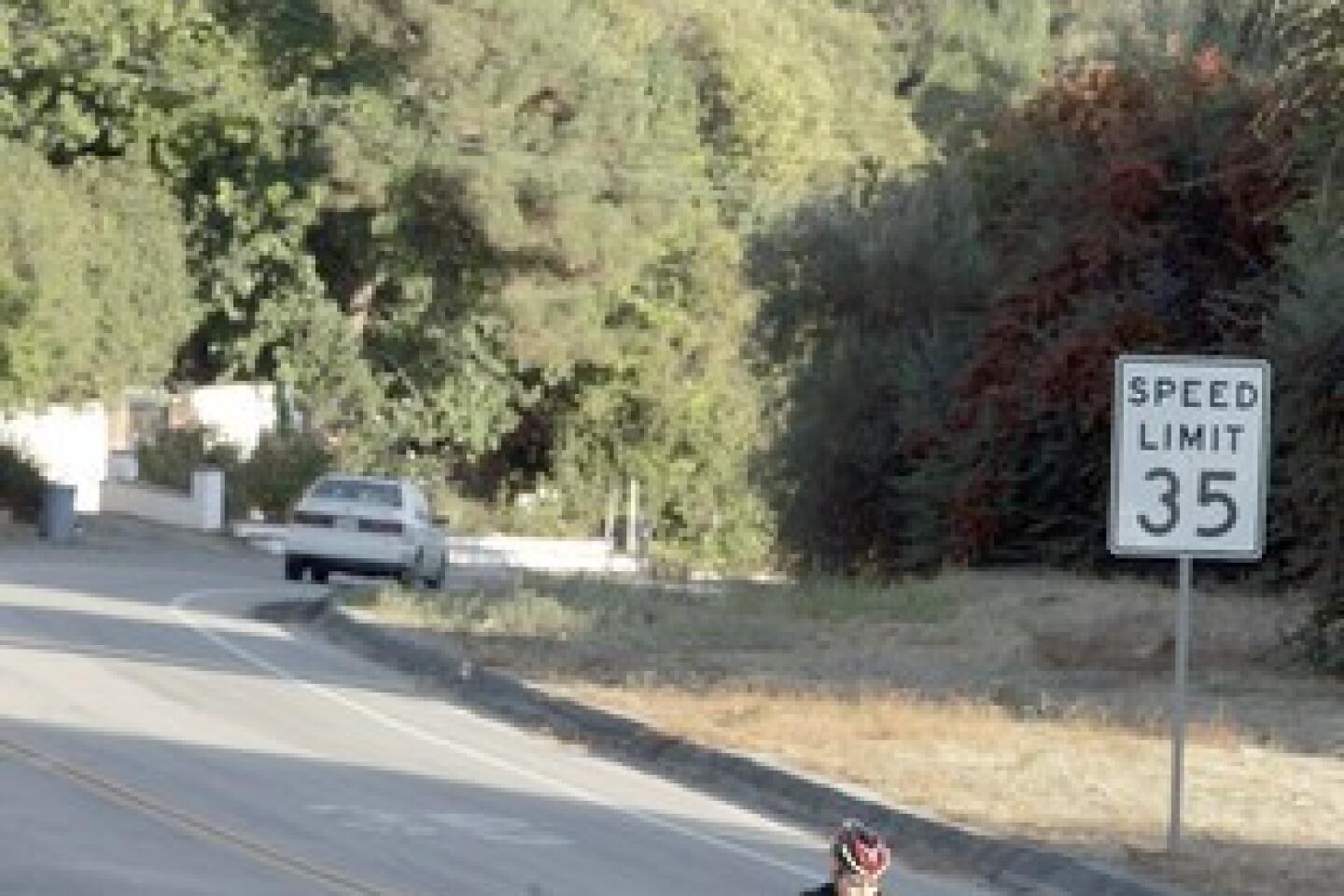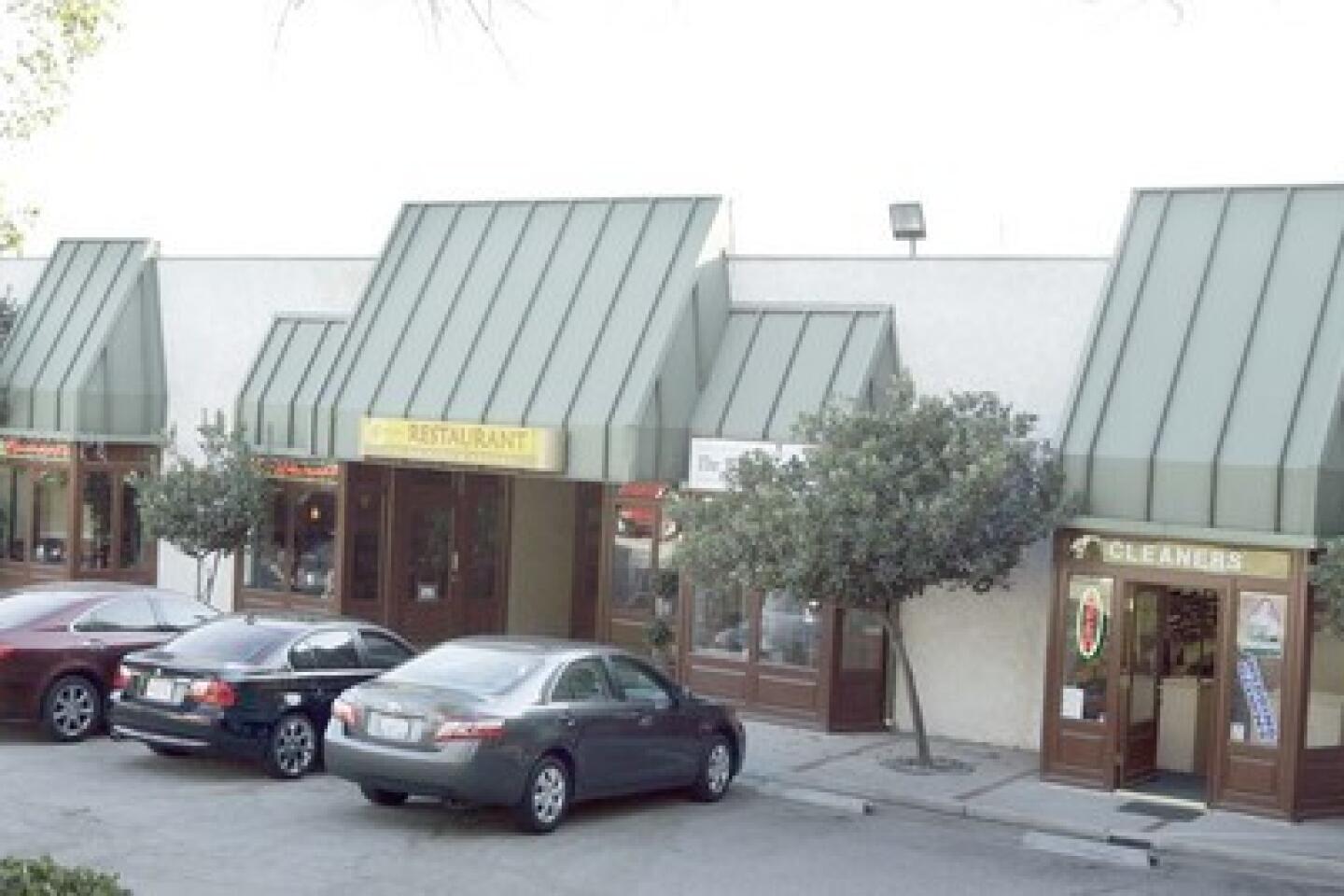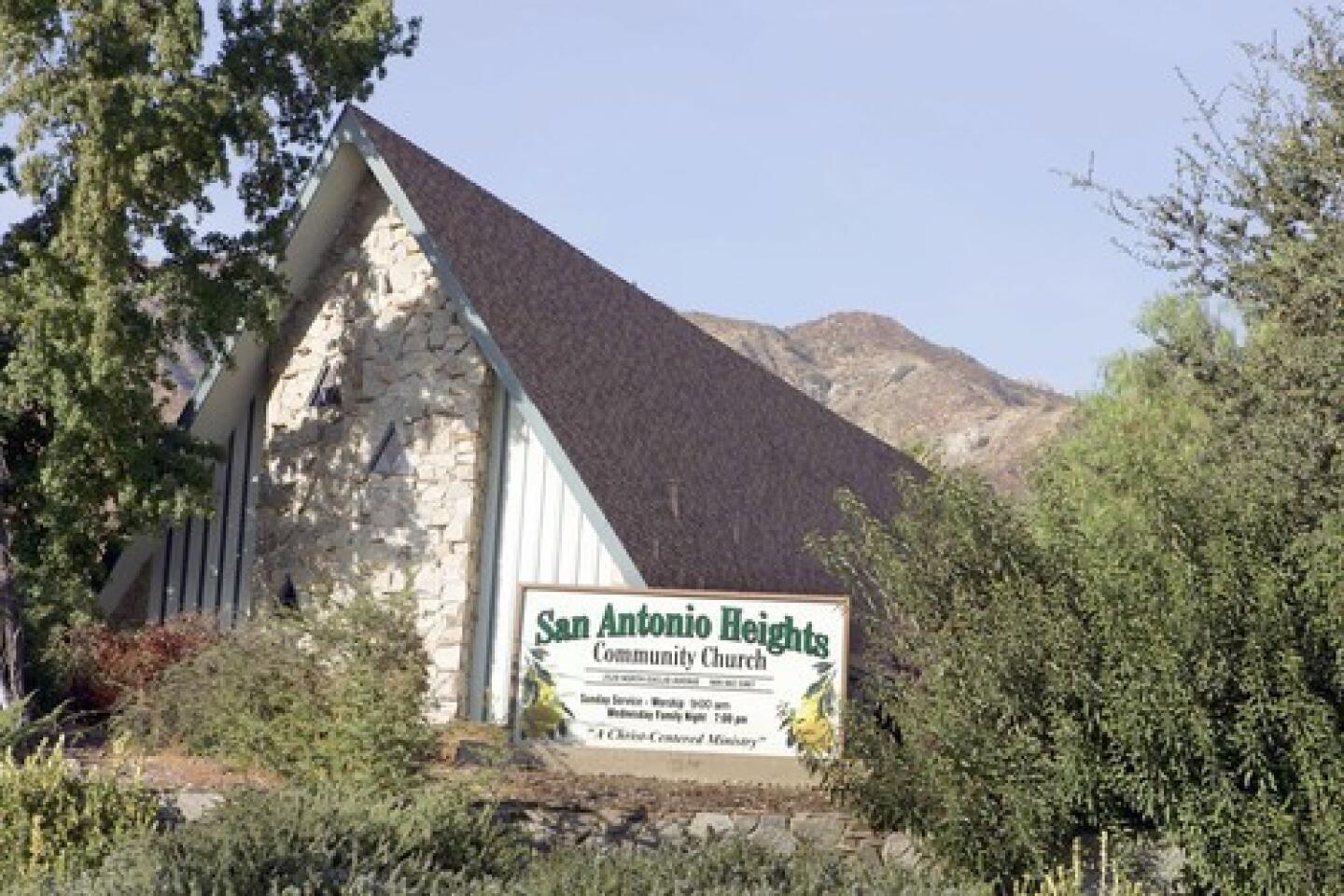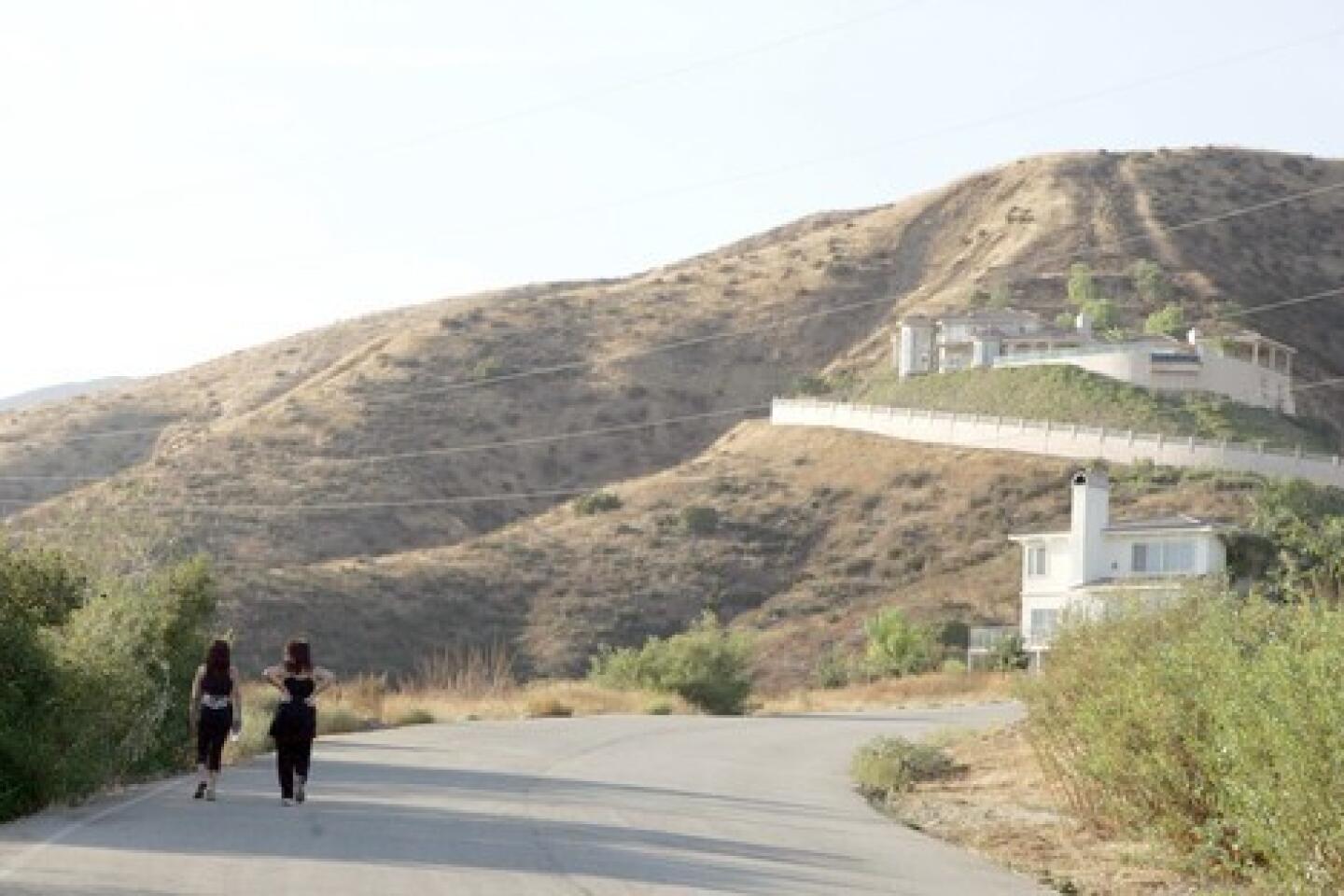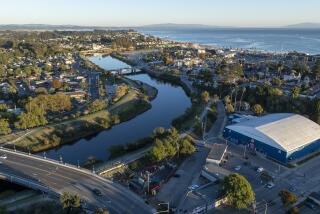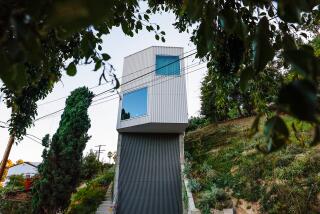San Antonio Heights: an old San Bernardino County foothill community with curves
San Antonio Heights can throw first-time visitors for a loop, and not just because of this unincorporated community’s trademark circular streets. What sets this rustic San Bernardino County enclave apart from other upscale foothill neighborhoods is the mix of humble older homes and posh new estates in a setting that falls comfortably between suburban and rural.
Beginnings
Surveying the region in the late 1800s, developers were quick to see the potential in the scenic mesa at the mouth of San Antonio Canyon in the foothills of the San Gabriel Mountains. Plans called for a lavish five-story resort hotel at the center of the mesa, complete with a soaring arch and a pair of observation towers with promised views of the Pacific Ocean. The hotel was never built, but the community, laid out with curved avenues and linked to the lowlands by electric trolley before the turn of the century, became a desirable spot for building homes.
What it’s about
Today, homes are still going up on the remaining open lots in San Antonio Heights as the population exceeds 3,000. New dwellings tend to be big, with some in the 5,000- to 6,000-square-foot range, according to Ken McNeil, a former president of the San Antonio Heights Assn.
But unlike many Southern California hillside enclaves -- where the entire housing stock consists of recent construction -- the Heights has filled up with dwellings over more than a century’s time. Housing styles range from little clapboard cottages to gated mansions, from turn-of-the-century Victorians to midcentury ranch homes.
Insiders’ views
“You could conceive of -- I’m sure we do have -- a doctor living next door to a truck driver,” says McNeil, who has lived here nearly all of his 57 years and owns a 1930s Mediterranean-style home that his grandfather built.
Residents take pride in the Heights’ unincorporated status, and community events, typically held at the Life Bible Fellowship Church, include a monthly backyard produce exchange and a heavily attended annual community meeting.
“It’s kind of like the old town-hall meetings in New England where people just get up there and talk about their problems,” resident Bob Poff said.
The Heights, as residents call this community, is the sort of place where a volunteer citizens patrol may check on your house when you’re out of town, where you’re liable to get an e-mail alert when someone’s pet falls to a coyote, and where the association has recently taken to giving newcomers gift baskets, complete with a gift certificate to Giuseppe’s, the town’s only restaurant.
Still, some people who move here may be seeking privacy, not pancake breakfasts. Large lots are the norm, gated entrances are common and as McNeil notes, “there’s a lot of space between homes, you have a lot of mature trees.” Adding to the country feel are remnants of the vast citrus groves of yore that still dot the community.
The setting
San Antonio Heights residents need only take a short drive north to enjoy the piney pleasures of the Angeles and San Bernardino National forests. But suburban amenities are found due south in Upland, where the Foothill Freeway cuts through less than a mile from San Antonio Heights at a large, new Target-Kohl’s-Albertsons shopping center near Campus Avenue and the 210.
Fire and water
Like other foothill communities, San Antonio Heights must contend with the danger of wildfires. The devastating October 2003 Grand Prix fire burned more than a dozen homes here, according to McNeil.
And then there’s the matter of water. To receive water delivery, homeowners must own stock in the San Antonio Water Co. in an arrangement that goes back to the 1800s. Typically, stock is transferred as part of the deal when a home is sold, but that’s not always the case, particularly with the sale of foreclosures, according to McNeil. Independently purchasing the stock required to get water service can cost thousands of dollars. “Over the last five or six years, it’s gotten very expensive,” McNeil said.
On the market
The smallest entry-level homes start in the low- to mid-$400,000s, and homes in the middle of the market range from $650,000 to $750,000, said Randy Horowitz of Century 21 Prestige Properties. There are plenty of pricier properties. Horowitz recently handled the sale of a century-old, 7,200-square-foot home set on 1.5 acres. The price: $1.45 million.
Report card
San Antonio Heights is in the Upland Unified School District. Valencia Elementary earned a 2008 Academic Performance Index growth score of 903 out of 1,000. Pioneer Junior High got 844; Upland, 761.
Kendall is a freelance writer.
Sources: “Pages from the Past” by Bernice Conley; api.cde.ca.gov.
More to Read
Start your day right
Sign up for Essential California for news, features and recommendations from the L.A. Times and beyond in your inbox six days a week.
You may occasionally receive promotional content from the Los Angeles Times.
